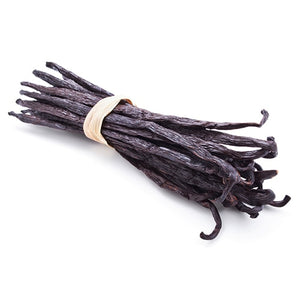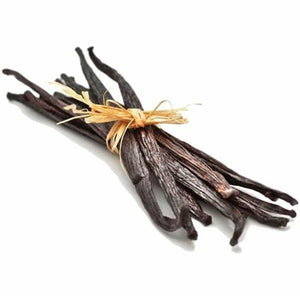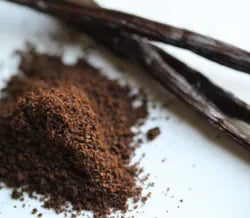Vanilla, the beloved flavoring we know today, originates from a flowering orchid vine native to southeastern Mexico. The first recorded use of this plant was by the Totonac people, an indigenous tribe that lived along the Gulf Coast. They developed an early fermentation method to unlock the rich aroma and flavor of the green vanilla pods.
Following their conquest by the Aztecs, the Totonacs paid tribute by offering the fragrant vanilla pods to their new rulers. The Aztecs, in turn, incorporated vanilla into a ceremonial beverage called chocolatl, blending it with cocoa, ground corn, and honey. This was likely the world’s first version of hot chocolate. When Spanish conquistadors arrived in the early 16th century, they were introduced to this drink. Among them was Hernán Cortés, who is credited with bringing both cocoa and vanilla back to Europe.
By 1604, vanilla had reached France, where it was first used to mellow the flavor of coffee and to enhance chocolate drinks. In 1658, the Spanish physician and botanist Willem Piso coined the term vainilla (meaning "little pod"). By the late 16th century, vanilla had become a favorite among the British royal family and aristocracy.
Despite its growing popularity in Europe, vanilla remained scarce for centuries. Cuttings were first taken from Mexico in 1730, but the orchids rarely bore fruit outside their native environment. It wasn’t until 1836 that Belgian botanist Charles Morren discovered the critical role of pollination in vanilla production. In Mexico, this task was naturally handled by the Melipona bee, a species not found elsewhere in the world.
The breakthrough came in 1841, thanks to Edmond Albius, a young enslaved boy on the French island of Bourbon (now Réunion, near Madagascar). Albius developed a precise hand-pollination technique using a small, pointed bamboo stick. By lifting the rostellum—a flap separating the male anther from the female stigma—he enabled the pollen transfer necessary for fruit development. His discovery revolutionized vanilla cultivation.
By 1866, vanilla was being successfully grown outside of Mexico, especially on islands like Bourbon (Réunion), Madagascar, and the Comoros. These regions became renowned for producing the highest quality vanilla in the world—now known collectively as Bourbon vanilla.
Today, Bourbon vanilla remains the gold standard in the industry, cherished for its rich, creamy aroma and complex flavor.





